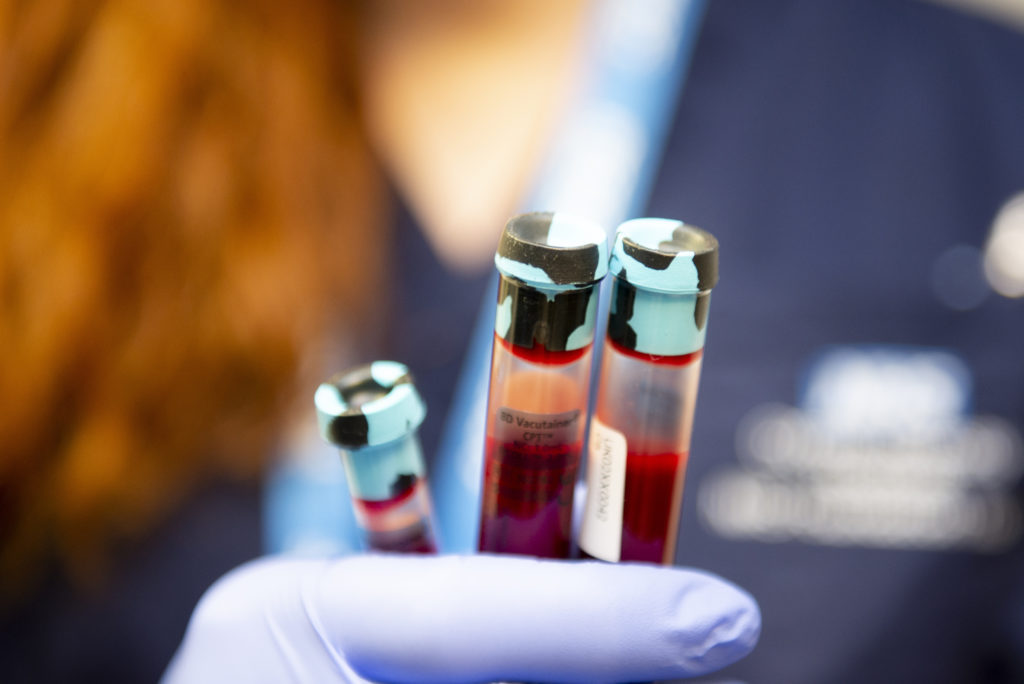A new study led by University of Oxford researchers has found that patients with severe COVID-19 respiratory failure have very low levels of iron, compared to those with less severe disease.

Changes in iron levels have been associated with worsening disease for other viral infections such as HIV and Hepatitis C, but this is the first study to find a similar link for COVID-19.
The investigations are part of a NIHR Oxford BRC-funded study evaluating blood cell-related biomarkers associated with adverse outcomes in COVID-19 infections.
Iron is essential for the growth of pathogens, but also for the body’s own immune response. So during an infection, the immune system ‘sequesters’ iron to deprive pathogens. At the same time, the immune system’s T and B lymphocytes (white blood cells that are a key art of the body’s immune response) need iron to clear the infection.
The researchers analysed blood samples collected from 30 critically ill COVID-19 patients when they were first admitted to the John Radcliffe Hospital in Oxford. The blood samples were collected within 24 to 48 hours of the patients being admitted.
Low iron levels also correlated with fewer lymphocytes, which are the major players in the body’s ‘adaptive’ immune response: unlike innate immunity, which identifies and reacts to general threats, the adaptive immune response tailor-makes antibodies for pathogens it has previously encountered.
Other studies have also reported that low levels of T lymphocytes appear to correlate with more severe COVID-19 symptoms, so the correlation between low iron levels and lymphocyte numbers here suggests that iron may contribute to possible T-cell dysfunction too.
The study, published in the journal Critical Care, is part of an ongoing collaboration between ICU academic clinicians Dr Akshay Shah and Dr Stuart McKechnie, and Professor Hal Drakesmith’s research group at the MRC Wetherall Institute of Molecular Medicine (WIMM) at the John Radcliffe Hospital.
“It’s important to note that we don’t think that low levels of iron are causing worse COVID-19 disease,” says Dr Shah, the ICU doctor and researcher who is lead author on the study. “Instead, iron may be a signal picking up on other processes linked to disease severity.”
Professor Drakesmith said: “Low concentrations of iron in the bloodstream are commonly observed in infections but we were surprised indeed by the very low level in severely ill COVID-19 patients. We now need to investigate the causes and consequences of this phenomenon, and how it might contribute to the disease.”